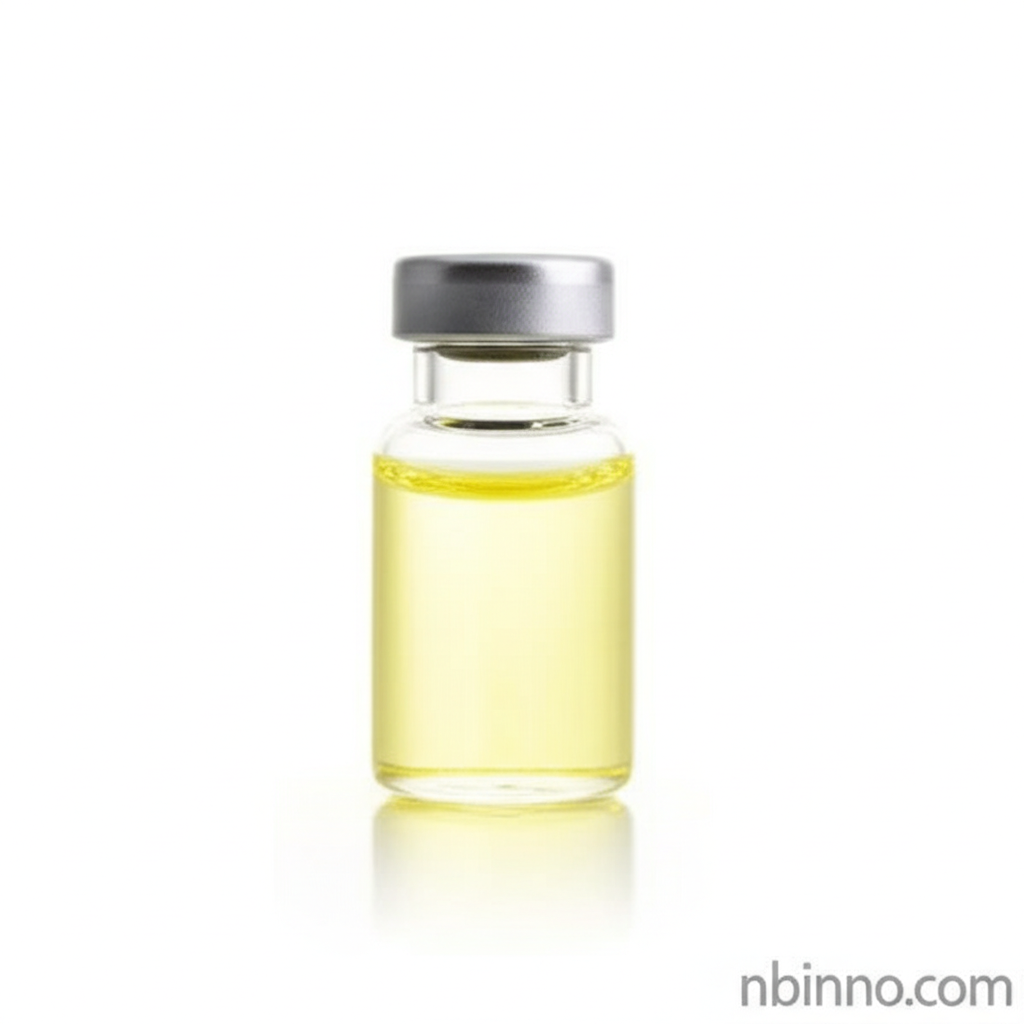4-(Difluoromethoxy)phenylacetonitrile: A Key Intermediate for Pharmaceutical and Agrochemical Synthesis
Unlock innovation in drug discovery and crop protection with this versatile chemical building block.
Get a Quote & SampleProduct Core Value

4-(Difluoromethoxy)phenylacetonitrile
This compound is a crucial chemical intermediate, valued for its unique difluoromethoxy group that significantly boosts reactivity and solubility in various organic solvents. Its application as a building block in the synthesis of biologically active molecules makes it indispensable for advancements in both the pharmaceutical and agrochemical sectors, offering improved metabolic stability and bioavailability.
- Leverage the unique difluoromethoxy group in your 4-(difluoromethoxy)phenylacetonitrile synthesis projects.
- Discover the improved metabolic stability and bioavailability offered by this key pharmaceutical intermediate.
- Utilize this versatile compound for efficient agrochemical development chemical synthesis.
- Explore the broad applications of chemical intermediate CAS 41429-16-7 in cutting-edge research.
Key Advantages
Enhanced Chemical Properties
The presence of the difluoromethoxy group in 4-(difluoromethoxy)phenylacetonitrile (CAS: 41429-16-7) enhances its reactivity and solubility, making it a highly effective component in complex organic synthesis.
Pharmaceutical & Agrochemical Synergy
As a vital building block, it aids in creating active pharmaceutical ingredients and effective agrochemicals, contributing to better patient outcomes and crop yields.
Research & Development Accelerator
Its versatility in material science and analytical chemistry supports innovation, allowing researchers to explore new fluorinated compounds and optimize analytical methods.
Key Applications
Pharmaceutical Synthesis
Serves as a critical intermediate in the creation of novel drug candidates, improving their pharmacokinetic profiles for better efficacy.
Agrochemical Formulation
Essential for developing advanced pesticides and herbicides, enhancing crop protection and yield through efficient chemical synthesis.
Material Science
Incorporated into advanced materials to improve thermal stability and chemical resistance, vital for durable product development.
Analytical Standards
Functions as a reference standard in chromatography, facilitating accurate analysis in diverse chemical research settings.
Related Technical Articles & Resources
Why Choose Us?
Leverage our expertise and state-of-the-art infrastructure to accelerate your journey from discovery to commercial success.
Global Experience
With 20 years of R&D, manufacturing, and sales experience, we proudly serve clients across 60 countries and regions worldwide.
Advanced Facilities
Our in-house R&D laboratory, pilot platform, and large-scale production workshop are equipped to meet the audit requirements of global customers.
Seamless Scalability
We facilitate a perfect transition from small-scale lab requirements (grams) to full commercialization (hundreds of tons).
